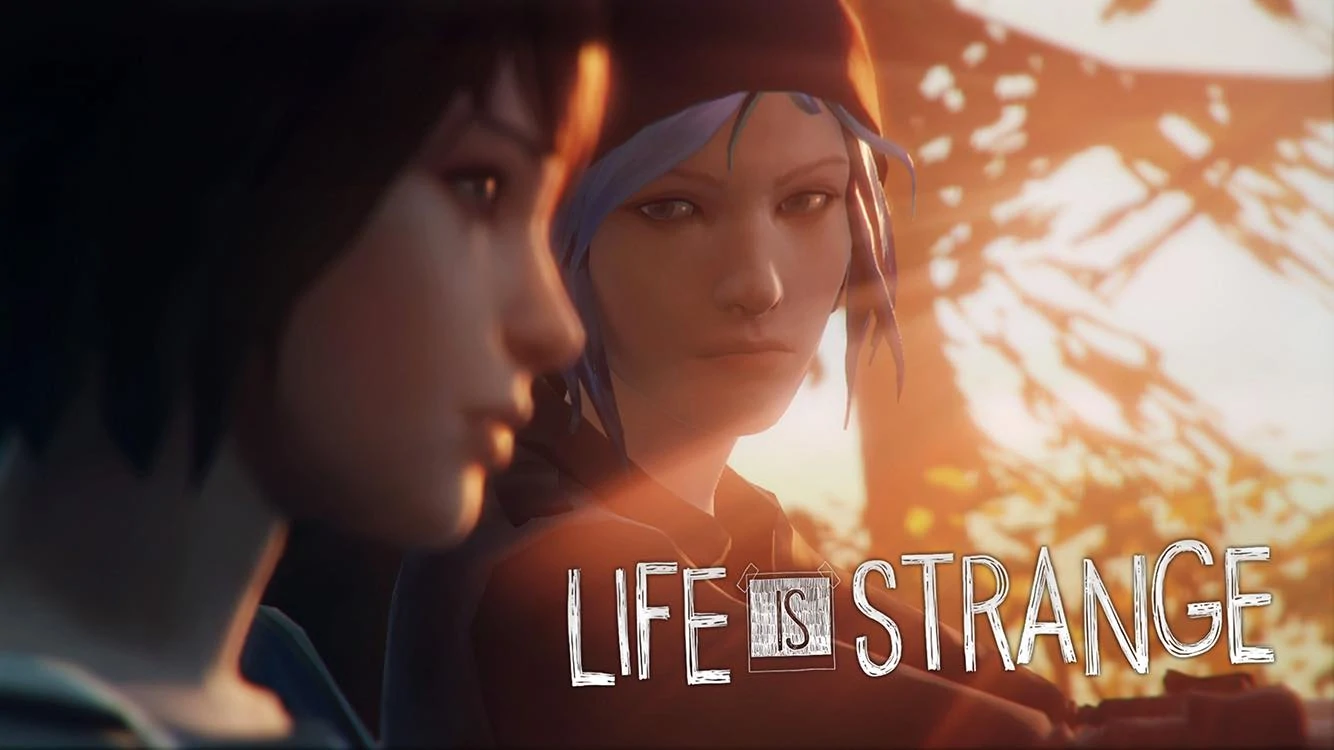Introduction:
Life is Strange is an episodic, story-based, adventure game developed by Don’t Nod Entertainment and published in 2015 by Square Enix for Xbox One, Xbox 360, Playstation 3, Playstation 4, and Microsoft Windows.
The Game is definitely intended for older audiences due to heavy topics explored such as sexual assault, drugging, and suicide. It is great for people interested in uncovering a rich, intense, and immersive story in which they have the agency to affect the outcome of events.
Formal Elements:
The most important formal element of the game is Outcomes. In the shoes of the main character Max, the player can make different decisions as the story progresses that affect the way events and relationships develop. For example, the player can choose to report that Nathan Prescott has a gun, which will sour her relationship with him and Chloe Price and cause a confrontation, or they can keep it a secret, which will earn them points with Chloe but lead Nathan to realize Max knows about the gun and try to intimidate her in the parking lot.

Another notable formal element is Resources. Here, it takes the form of the player’s available actions in any given moment, most importantly Max’s ability to rewind time. For example, after going back in time after witnessing Chloe die, the player is able to find the fire alarm and look at and move the nearby janitorial cart to discover a hammer so they can break the glass to sound the alarm and save Chloe. If they take too long and Chloe gets shot, they can rewind time and do things differently. This agency over the world adds to the player’s immersion in the game as they are able to affect the world and story organically through Max as an avatar.
Type of Fun:
The types of fun present in Life is Strange are Narrative, Discovery, and even Fantasy. The game presents a deeply engaging story with great character development and complicated subject matters. It keeps you constantly on the edge of your seat as you work through puzzles to achieve desired outcomes and figure out mysteries such as the events leading up to the lighthouse storm scene in the game’s opening. There’s some great immersive elements such as the soundtrack and dark visuals, along with visual storytelling such as the “Missing Person” posters, that really add to the sense of mystery in the game. Where Fantasy comes in is in the ability to rewind time, as I’m sure everyone can relate to wishing they could rewind time to alter the course of events in their life to perform better on a test or prevent an embarrassing moment. Here, the player gets to experience that ability through Max Caulfield.
Moment of Success:
Achieving desired outcomes often felt very satisfying to me. There was a great sense of accomplishment and even relief in solving the puzzles that could do something as important as saving someone’s life. Probably one of the most intense ones for me was saving Kate from committing suicide.

Some Things I Would Change:
Primarily, I find that sometimes the interaction prompts can be a bit clunky, at least on mouse and keyboard, and I would appreciate those being refined. Lip-syncing is a bit off as well and could be refined. I also feel that there are some tonal inconsistencies or odd choices in the writing that throw me off at times, such as in Max’s interaction with the guard right after the bathroom scene or her flip-flopping belief in the realness of her power/situation, things that I think the game, as a story-based experience, could really benefit from cleaning up.



